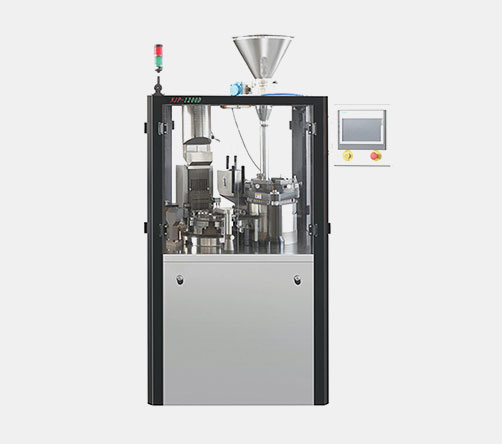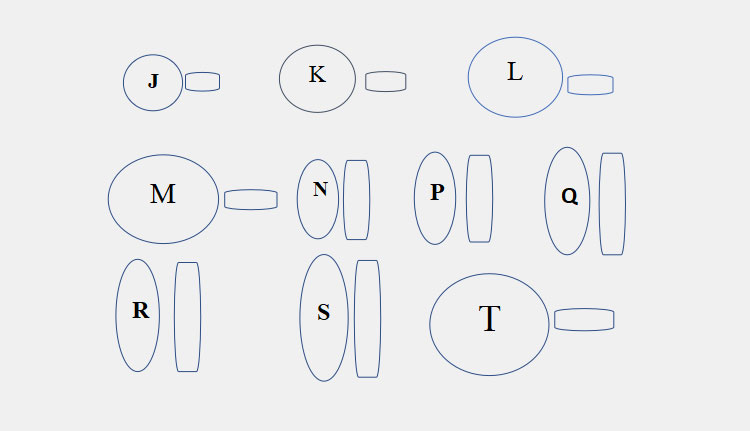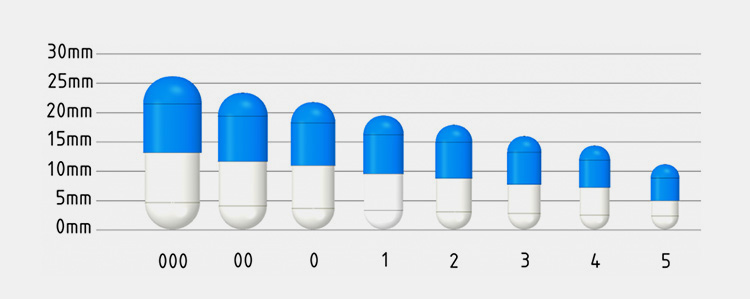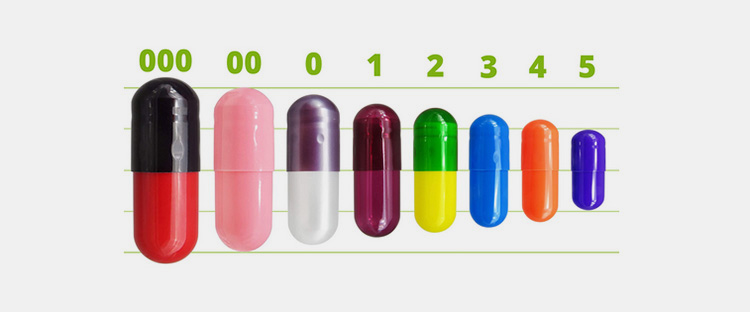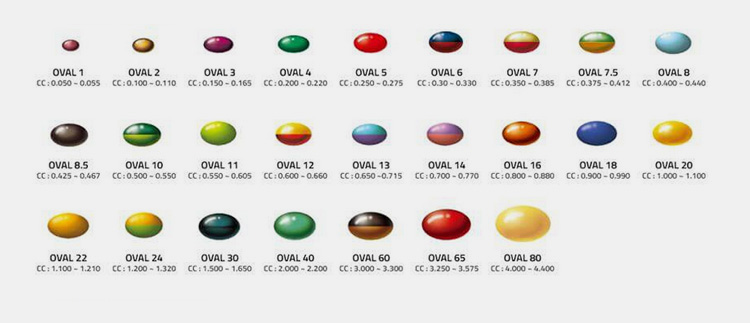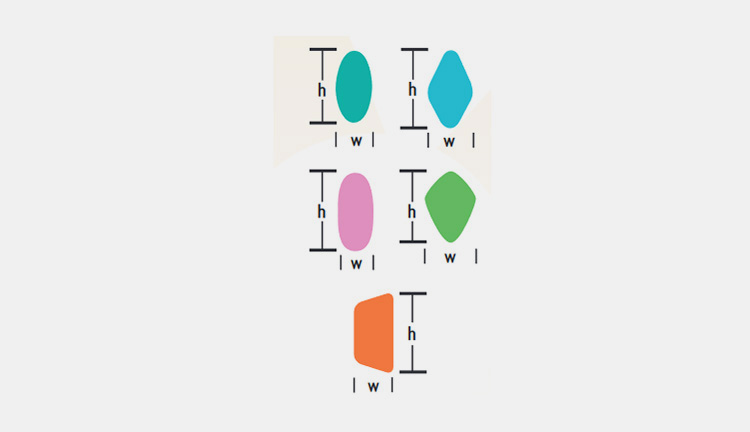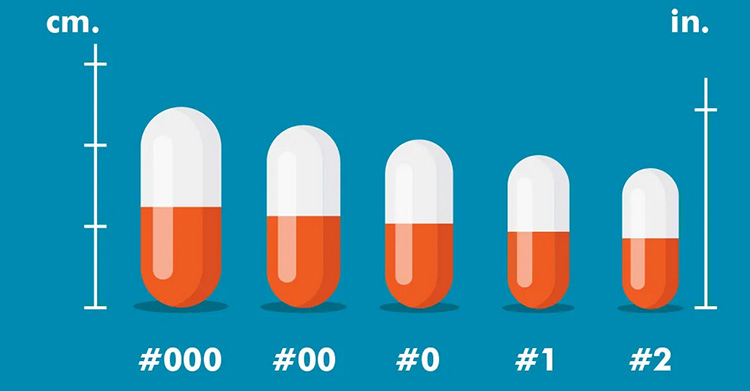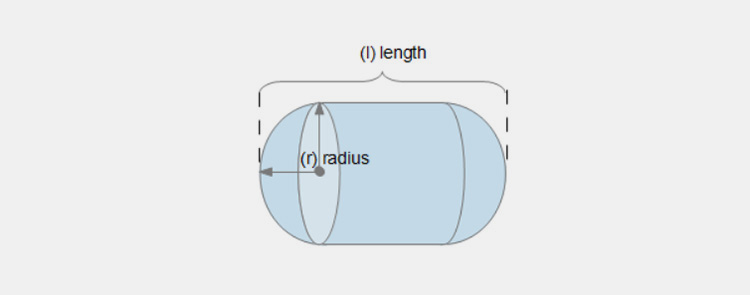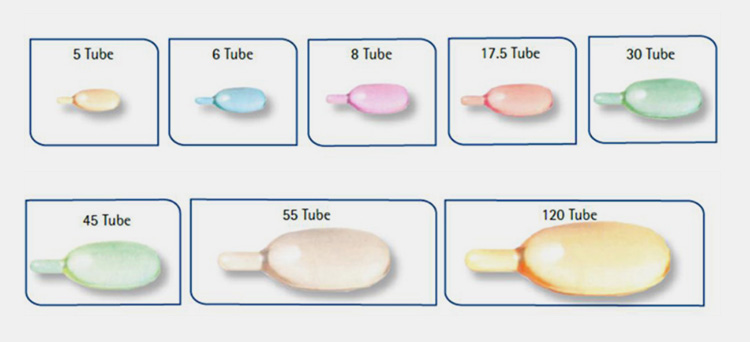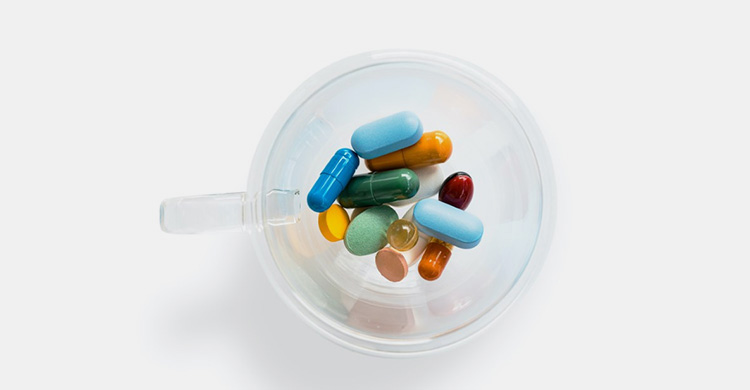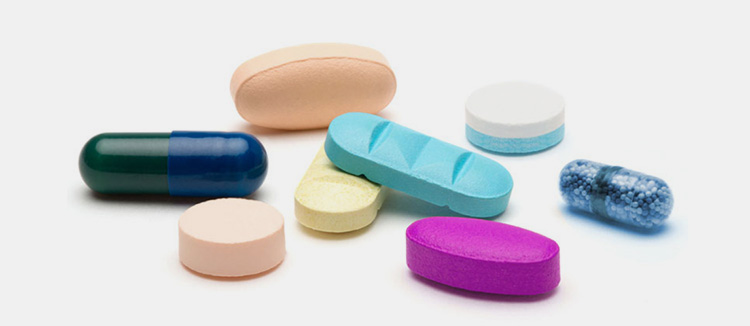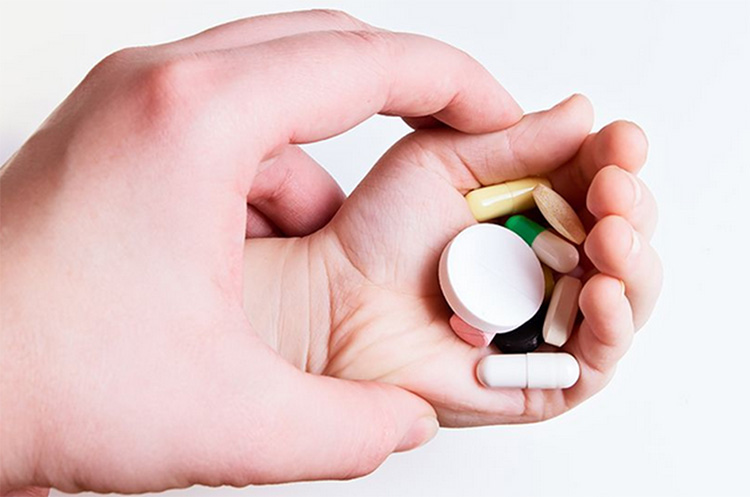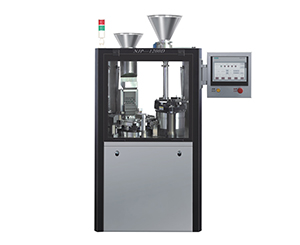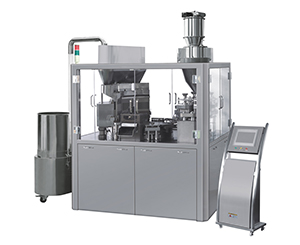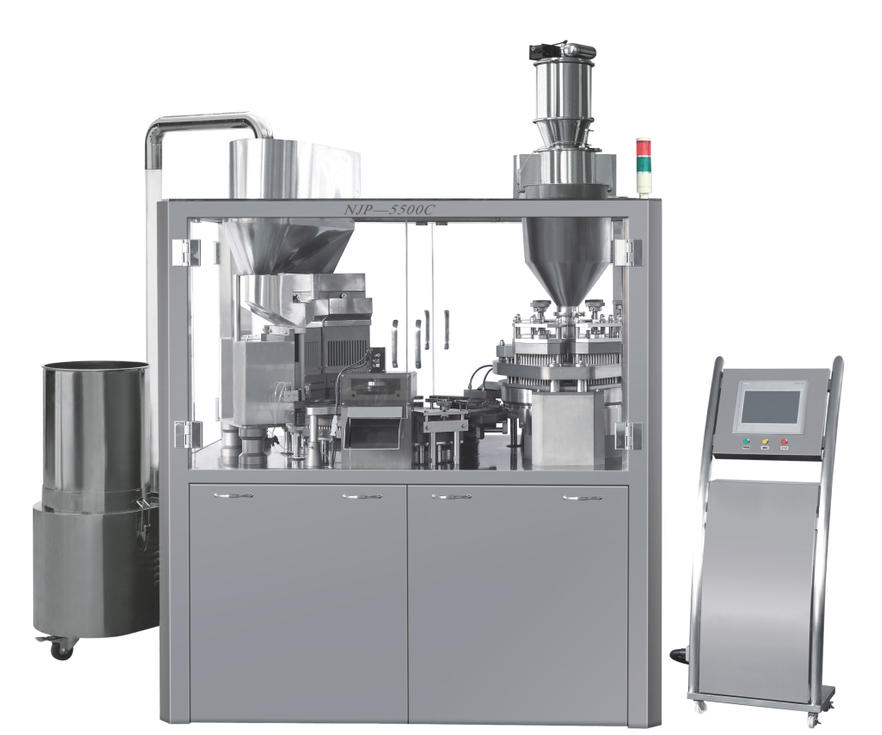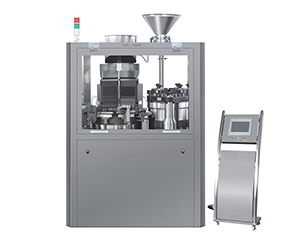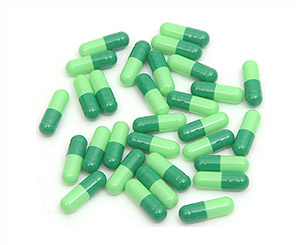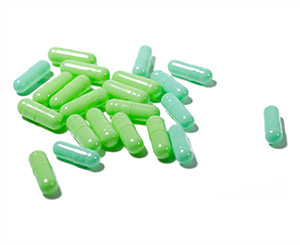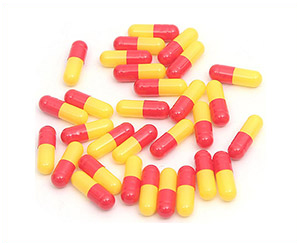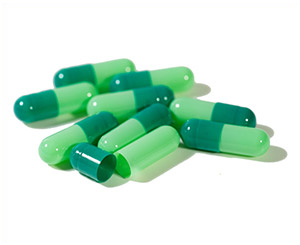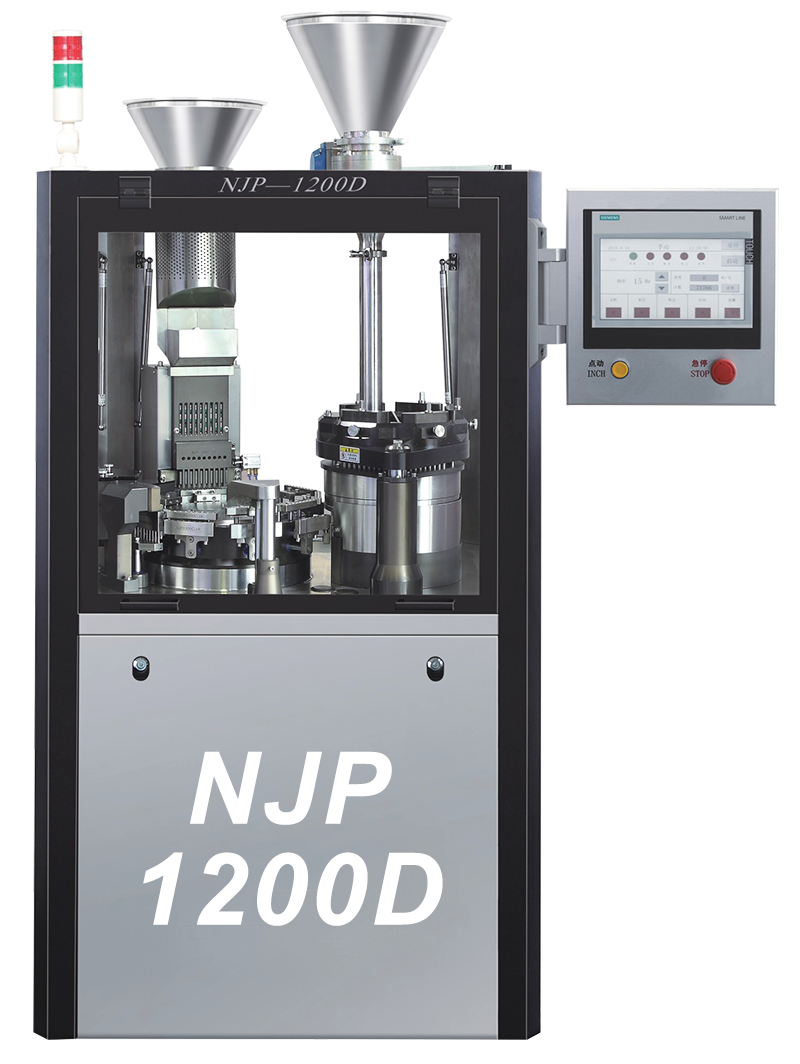Pill Size Chart
In medicine, pill has been invented around late 1300s. In ancient Greece, people were used to make little ball or tiny pellet from bread dough, honey, and grease in round or other shapes as ‘Katapotia’ means something meant to be swallowed.
A Roman scholar Pliny was the first who named it ‘Pilula’. Later in 1940, first pharmaceutically approved pill was invented by a chemist in Mexico City called Dr Carl Djerassi who synthesized progesterone.

It is a broad category that holds a vast spectrum of solid dosage form of medicament with suitable excipients. For example: tablet, capsule, or caplet.
Today, pills are available in different sizes. That’s why pill size charts are designed by experts to make you them easily. It is necessary to learn for prescribing, manufacturing, or dispensing medications to minimize chances or errors.
1.What is Pill Size Chart?
Pill chart size generally include length, diameter, and filling weight of the pills. It is vital to know about pill sizes since dosage fill weight increases with size of hardgel, softgel, and tablet. Larger the size more dosage of drug will accommodate by the pill.
There are three kinds of pill chart sizes.
Tablet Size Chart (T)
There are usually three kinds of tablets based on the sizes:
Mini-tablet-These are the smallest of all tablet typically having size less than 5mm. these pills are also considered as subunit of conventional pills
Standard Tablets- These are conventional pills or tablet and are about >5mm in size but less than 8 mm in size.
Large-sized Tablet- These are largest sized tablet pills having diameter greater than 8mm.
There are different types of classification employed for tablet size charting. Usage of these charts usually varies with manufacturer.
T0-T11 Tablet Size Chart
It is numerical chart size of tablets. Number from 0 to 11 are used to specify different sizes of tablets. This chart encompasses the sizes of both round or oblong tablets. In some manufacturers’ pill guide, T1-T5 represents tablet sizes are of oblong or caplet tablet while T6-T9 denote sizes of round tablets.
However, in pill guide of other vendors, T0-T2 are round tablet sizes while T7-T11 numbers describe size of oval tablets.
| Size | Shape | Length | Diameter | Picture |
| T0 | Round | 6.35 | 6.35 |  |
| T1 | Round | 7.95 | 7.95 |  |
| T2 | Round | 8.73 | 8.73 |  |
| T3 | Oval | 12.7 | 6.601 |  |
| T4 | Oblong | 26.1 | 9.91 |  |
| S | Oblong | 26.1 | 9.91 |  |
| T6 | Oblong | 26.1 | 9.91 |  |
| T7 | Oval | 15.621 | 7.239 |  |
| T8 | Oval | 18.05 | 6.35 |  |
| T9 | Oval | 12.954 | 7.366 |  |
| T10 | Oval | 12.7 | 7.62 |  |
| T11 | Oval | 17.732 | 8.12 |  |
J-T Tablet Chart Size
As compare to previous, in this tablet size chart, various tablet sizes are denoted by different alphabets. These alphabets signify different shapes of tablets as well. Letter J, K, L, M, and T mark size of round tablets while alphabets N, P, Q, R, and S are used for indicating size of oval or oblong tablets.
J sized tablets are smallest of round tablets and T sized tablets are round tablets with largest diameter. Below illustrated picture shows different sized tablets and letter used for representing them.
Capsule Size Chart (C)
Capsule size chart (C) entails the size of hardgel capsules. Hardgel capsules are the largest of all pills. These are two-piece capsules which have more dosage as compare to other pills. There are two kinds of hardgel capsule size chart.
C0-C6 Capsule Size Chart
In this capsule chart type, various sizes of hardgel capsules are indicated by symbols from C0 to C6. These symbols are C0, C1, C2, C3, C4, C5, and C6. C0 capsules are the biggest of all capsules having size length about 26.1 mm while C6 are smallest of hardgel capsules with length of 17.6 mm.
| Number | Length (mm) | Diameter (mm) |
| C0 | 26.1 | 9.91 |
| C1 | 25.3 | 8.58 |
| C2 | 23.4 | 8.56 |
| C3 | 23.5 | 7.65 |
| C4 | 21.6 | 7.64 |
| C5 | 19.4 | 6.96 |
| C6 | 17.6 | 6.39 |
Capsule Size 000-5
It is numerical chart type having numbers from 000,00, 0, 1, 2, 3, 4, and 5.
000 capsule being the largest and 5 being tiny capsule. 000 capsules with length of l 26.14 mm, can encapsulate heaviest drug dose about 1.37 ml. While, 5 being the smallest size with length of 14.3 mm is used for filling about 0.17 ml of drug.
| Capsule Size | Dose Volume (ml) | Length (mm) |
| 000 | 1.37 | 26.14 |
| 00 | 0.95 | 23.30 |
| 0 | 0.68 | 21.70 |
| 1 | 0.50 | 19.40 |
| 2 | 0.37 | 18.00 |
| 3 | 0.30 | 15.90 |
| 4 | 0.21 | 14.30 |
| 5 | 0.17 | 12.90 |
Softgel Size Chart (S)
Like with hardgel capsule, different kinds of charts are used by manufacturers for describing size of softgel capsules. Sotgel capsules are one piece capsule encapsulating liquid or semi-solid drug inside their soft-shell coating. These capsules have diverse shapes each having their own size range.
Below mention are some size chart types for softgel capsules.
S0-S6 Softgel Size Chart
In this chart, size of different softgel is denoted by numbers from 0 to 6. 0 sized capsule, unlike hardgel capsules, is the smallest capsule with length of 8.25 mm. This softgel is of round shape. S6 is largest sized capsule in this chart with length of 22.902 mm.
Oval shaped softgel capsules are represented by sizes S1 to S4. Oblong shaped softgels are characterized by S5 and S6 sizes.
| Size | Shape | Length (mm) | Diameter (mm) | Picture |
| S0 | Round | 8.2 | 8.25 |  |
| S1 | Oval | 11.575 | 6.635 |  |
| S2 | Oval | 13.1 | 6.315 |  |
| S3 | Oval | 13.085 | 7.225 |  |
| S4 | Oval | 13.255 | 7.29 |  |
| S5 | Oblong | 21.705 | 7.240 |  |
| S6 | Oblong | 22.092 | 7.74 |  |
A-H Softgel Size Chart
In this softgel size chart, different sizes of softgel are represented by letters A to H. A is the tiniest sized capsule. H is the biggest sized capsule having more active drug than any other softgel capsule. A to F letter softgel capsule represents the oval shaped softgel capsules while G and H sized capsule symbolizes the size of oblong softgel.
Size Chart of Different Softgel Shapes
Softgel capsules have numerous shapes such as round, oval, tube, suppository, oblong, fish, etc. These shapes differ in size number. Some shapes like small size range which is 5, 10, 15, and 20. Other like round and oval shapes are available in number of sizes.
| Shape | Size Number | Volume in minim | Volume in cc | Picture |
| Round | 1-90 | 0.75-80 | 0.046-4.928 | 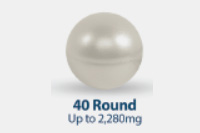 |
| Oval | 2-80 | 1.5-80 | 0.425-4.928 | 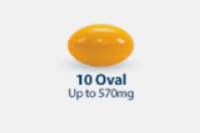 |
| Oblong | 3-24 | 0.23-20 | 0.142-1232 | 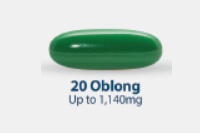 |
| Tube | 5-120 | 5-120 | 0.154-7.392 | 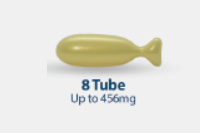 |
| Suppository | 6-80 | 5-80 | 0.308-4.928 | 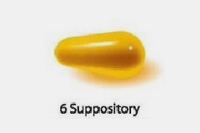 |
| Fish | 5-20 | 2.5-15 | 0.154-0.925 |  |
2.How to Understand Pill Size Chart?
As mentioned above, there are three kinds of pill size chart, each representing sizes of different kind of oral solid dosage. Information is given below to help you understand pill size chart.
Tablet Size Chart
It is easiest to understand as it has length, width, minimum weight and maximum weight. Length is the measurement of distance from one end of tablet to another end of tablet while width is the measurement of distance from one side to tablet o another side. Width of tablet is also the diameter of tablet.
Minimum and maximum weight are the least and highest weight of dosage that can be accommodated by the tablet respectively.
Capsule Size Chart
Capsule size chart consists of different terms that vary with capsule size. Largest sized 000 capsule has higher value of overall length, volume capacity, capsule weight, etc while smallest size capsule (5) sized capsule has small numerical values of these dimensions.
Detail capsule size chart and basic terms included in it are given below:
| Capsule Size | ||||||||
| Capsule Size | 000 | 00 | 0 | 1 | 2 | 3 | 4 | 5 |
| Capsule Weight | ||||||||
| Average Weight (mg) | 158 | 136 | 99 | 76 | 61 | 48 | 38 | 28 |
| Tolerance | ±10 | ±7 | ±6 | ±5 | ±4 | ±3 | ±3 | ±2 |
| Capsule Volume (ml) | 1.37 | 0.9 | 0.68 | 0.48 | 0.36 | 0.27 | 0.2 | 0.13 |
| Empty Capsule Overall Closed Length | ||||||||
| Millimeter | 26.1 | 23.4 | 21.6 | 19.4 | 17.6 | 15.7 | 14.3 | 11.1 |
| Inches | 1.029 | 0.921 | 0.85 | 0.76 | 0.693 | 0.618 | 0.563 | 0.437 |
| Capsule External Diameter | ||||||||
| Cap (mm) | 9.91 | 8.58 | 7.65 | 6.96 | 6.39 | 5.85 | 5.33 | 4.91 |
| Cap (Inches) | 0.39 | 0.337 | 0.301 | 0.274 | 0.252 | 0.230 | 0.21 | 0.193 |
| Body (mm) | 9.55 | 8.23 | 7.35 | 6.63 | 6.12 | 5.6 | 5.08 | 4.68 |
| Body (Inches) | 0.375 | 0.322 | 0.289 | 0.29 | 0.24 | 0.22 | 0.2 | 0.184 |
Overall Closed Length
It is the total length of capsule once it is closed. It entails both cap length as well as body length. It is measured in both inches and millimeters. Overall closed length is also known as well-knit length of capsule/
Weight Capacity
It is the amount of formulation that is easily encapsulated within the body of capsule. This is depended upon the formulation density of dosage.
Heavier the formulation density of dosage more will be quantity of powder filled inside the capsule which results in more weight capacity. It is measured in milligrams.
Capsule Weight
The total mass of an empty capsule in milligrams. Larger the size higher is the weight of the capsule.
Volume Capacity
It is inside volume of powder or semi-solid substance that is filled in the capsule. It is measured in milliliters. It is estimated by the quantity of solid or semi-solid powder filled inside the body of capsule.
Individual Length
It is determined by measuring the length of capsule and body separately. It is classified into two types:
Cap Length
It is the smallest part of two-piece hardgel capsule and cap length is the length of part that is locked over filled capsule body.
Body Length
It is the largest end of the capsule and it is length of filled part of capsules.
Tolerance
It is acceptable discrepancy in dimensions of capsule.
Softgel Chart Size
This chart encompasses number of sizes, shapes, and volume in minims and cc.
Minim
It is smallest volume and usually is about one drop. Volume of fluid or semi-fluid dose is measured in minim. 1 minim is same as 1/60 of fluid dram.
1 minim=0.616 cc
Cubic Centimeter (cc)
Volume in metric system is typically measured in cc. Cubic centimeter is also referred to as (ml). Ml or cc are essentially the same, except ml unit is usually used to quantify fluids or liquids while cc units are used for describing the volume of solid dose.
cc=16 minim
3.Why Pills Comes in So Many Sizes?
There is no doubt that pharmaceutical solid dosage form can be boring in a standard round white tablet; means without any special shape or size.
Somehow, this practice is implemented when given to the patient during monitoring its clinical trial effects as a placebo.
The pills come in a vast range, from little rods to large bulk capsules, or tiny pellet to standard tablet.
Similarly, when it comes to designing tablets, smaller is mostly considered better with greater patient compliance. Moreover, patient demography should also have to be considered prior to designing it.
Additionally, some population find it difficult to swallow larger pills that directly gives compelling attitude when taking medication, i.e., children.
On the other side geriatric patient finds small pills difficult to handle, because they have poor dexterity and eye-problems.
Importantly,when designing a pill, its active pharmaceutical ingredients also play a significant role in its sizes. If a single dose with large quantity of APIs has to be designed; it has to split into two halves of a pill.
4.What is the Standard Size of the Pills?
Pills can have size anywhere between 1 mm to 26 mm. Generally, the size of tablets pills is between the 1 mm to 22 mm while hardgel pill capsules are usually around 14 mm to 23 mm.
Standard size of tablet pills is greater than 5 mm in diameter while tablets of size less than 8 mm in diameter are preferred by patient. These sized tablets increase patient adherence to treatment regime.
Out of different capsule sizes, 0 sized capsules are preferred by pharmaceutical industry for drug dosage. Hence 0 sized is standard size of capsule. Hardgel capsules of 00 sized are utilized for supplement encapsulation. 1 sized capsule are good for people that face trouble in capsule swallowing. 2 sized capsules are best for small children and elderly patients.
5.Why Pills Size Matters?
Pills comes in variety of sizes. Pills size matter because of several reasons such as:
Patient Compliance
Different size of pills boosts patient compliance. Smaller pill sizes are more easily ingested by pediatric and geriatric patients. Furthermore, by manufacturing pills in smaller sizes patient adherence is also improved, predominantly when patients have to consume multiple doses per day.
Easy of Dosage
Pill size is also essential because of ease of dosage. For some type of medication usually smaller drug doses are required while other therapeutic agents are administrated in larger doses. This is possible due to different pill sizes. Smaller pills have smaller doses while pills in larger sizes can contain more drug volume.
Clinical Design
Pill sizes help in bioequivalence studies during clinical trials. Moreover, pills sizes used in clinical studies have small yet effective dose of drug which assist in measuring treatment response of medication in different population groups.
Visual Preferences
Pill sizes also aid in enhanced visual appeal of your brand. Sometimes manufacturers prefer smaller sized pills as they align with market visibility of their brand.
Pill Design for Humans
Various sizes of pills significantly impact their transit down the throat and esophagus. Difficulty in swallowing pills can cause numerous adverse reactions. Pill consumption for people suffering from dysphagia (difficulty swallowing) is very challenging. Hence pills are available in different sizes to ease these patients’ dysphagia problems.
Children and elderly patients face problems ingesting large sized pills. For these patients capsules of size 4 and tablets with a diameter < 3mm are best.
Pill Design for Veterinary
Larger pills are often get struck inside the esophagus of pets resulting in their disintegration on site which cause localized pain and chocking in these animals. Therefore, for veterinary use pills are manufactured in varying sizes. Smaller pills are easily swallowed by small pets. Usually, large sized pills are designed for large animals and pets.
6.What is Regularity Requirement of Pill Sizes?
Since the increase in pill size is associated with increased non-compliance of patients towards the therapeutic regime because tablet size greater than 8 mm usually causes swallowing issues. Therefore, FDA has given guidelines about pill size.
It is recommended by FDA that size of oral generic pills, intended for swallowing purposes, should be comparable to their reference listed drug (RLD). Size limitations regulation between similar drugs are as follows:
- If the largest dimension of RLD has size less than 17 mm, any dimension of the generic product should not have size 20% bigger than RLD.
- Furthermore, if RLD has size greater than or equal to 17 mm then potential generic products should not be greater in size than its RLD.
- Pills must have size less than or equal to 22 mm. Capsule for swallowing should not surpass conventional 00 size.
- If RLD capsule come in 2 or larger size but then generic capsule product can be one size larger than its RLD counterpart. But for this, size of RLD should not be greater than 00.
Conclusion
Pill Size Chart i. e tablets, hardgel, and softgel are manufactured in variety of sizes ranging from 1 mm to 26 mm. A basic understanding about pill sizes can help in minimizing error of prescribing and dispensing medications. Pill size matters since this can impact filling dose, patient compliance and visibility of brand. Larger sizes of pills can cause discomfort to patients thus mostly smaller sizes less than 22 mm are preferred for marketability and consumption. AIPAK Pharmaeutical Offers The Best Pill Manufacturing Production Line In Affordable Range. Interested In Purchasing? Please Contact Our Advisory Service Now.
Don't forget to share this post!
Capsule Filling Machine Related Posts
Capsule Filling Machine Related Products
Capsule Filling Machine Related Videos
CONTACT US
Tell us your raw material and project budget to get quotations within 24 hours.
WhatsApp Us: +86 181 6426 8586

Want the best price & newest pharmaceutical machinery buying guide,tips and trends sent straightly to your box?Sign up for AIPAK’s monthly newsletter,we’re free for your consultation and Offer you the most suitable solutions!
The Buyer's Guide
- Capsule Filling Buyer's Guide
- Blister Packaging Buyer's Guide
- Tablet Counting Buyer's Guide
- Tube Filling Buyer's Guide
- Cartoning Buyer's Guide
- Gummy Making Buyer's Guide
- CO2 Extraction Buyer's Guide
- Empty Capsules Buyer's Guide
- Suppository Filling Buyer's Guide
- Tablet Coating Buyer's Guide
- Tablet Press Buyer's Guide
- Softgel Encapsulation Buyer's Guide
Most Popular
- 7 Importance Of Pharmaceutical Packaging In Different Applications You Must Know
- 6 Advantages You Must Know About Tablet Counting Machine
- 8 Advantages of Blister Packaging You Must Know
- 6 Critical Applications of Automatic Capsule Filling Machine
- 6 Stations You must Know to Improve the Filling Quality of Automatic Capsule Filling Machine
